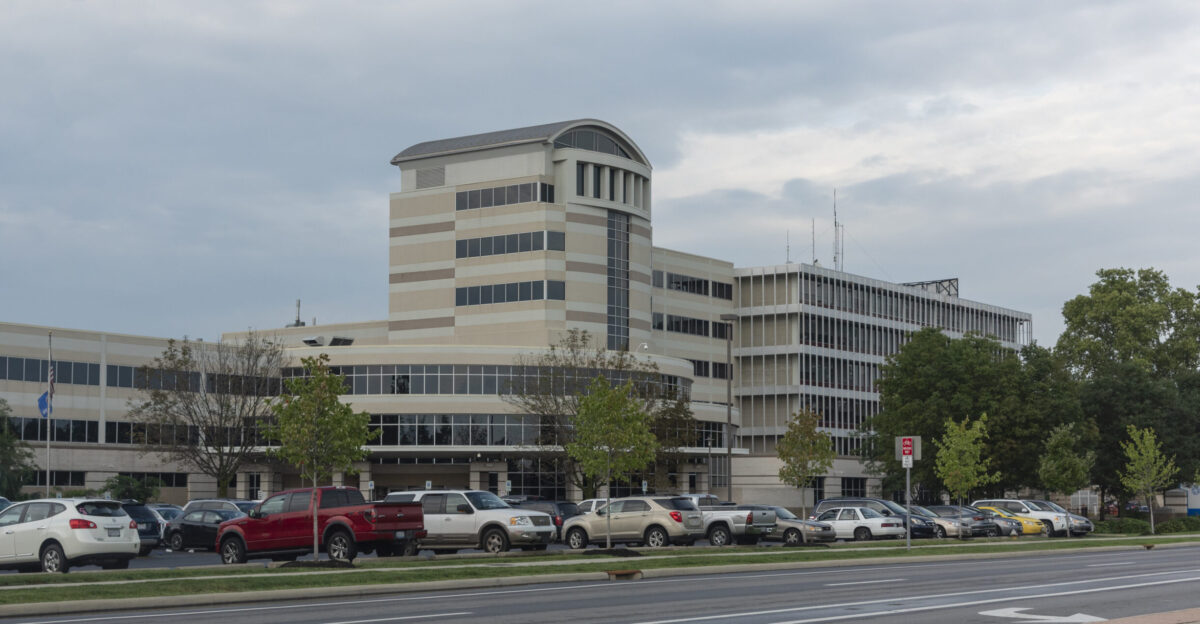
Millions of Americans are stepping into one of the most treacherous travel weeks on record. As 82 million people—the highest number ever tracked by AAA—prepare to journey for Thanksgiving, a rare convergence of weather systems is unfolding across the South-Central United States. Heavy rain, flash flooding, and an approaching arctic outbreak are creating what AccuWeather meteorologists describe as “a historic Thanksgiving travel surge colliding with a coast-to-coast storm.” The collision between peak holiday travel and severe weather threatens to test national infrastructure, transportation networks, and emergency response systems simultaneously.
Three Weather Systems Converge Over Peak Travel Days

Two powerful weather systems are arriving precisely as travel peaks across the region. Gulf moisture is surging northward, fueling thunderstorms across the South-Central United States beginning Sunday night, pushing into Texas, Oklahoma, and Arkansas early in the week. From Sunday evening through Monday morning, 7 million people face flood watches with rainfall totals reaching 3–5 inches in some communities. Midweek, a strong cold front will sweep across the northern tier, colliding with warm, humid air to produce additional severe weather. The final blow arrives late Friday when a Polar Vortex disruption sends arctic air deep into the Lower 48, creating a rare convergence of hazards that will stretch from the Southern Plains to the Northeast.
Flash Flooding Creates Immediate Danger for South-Central Travelers

Flash flooding poses the immediate threat across the South-Central region. The National Weather Service warns that urban corridors, burn scars, and the busy Interstate 30 stretch from Dallas to Little Rock face the greatest risk as the heaviest rainfall concentrates along this critical corridor. The timing is particularly dangerous: peak rainfall will overlap with Monday morning rush hour, when roads are already congested with holiday travelers. Heavy rain will create slick, low-visibility conditions across Texas, Arkansas, and the Mississippi Valley, with Interstates 30, 81, 90, and 196 experiencing significant slowdowns. Several inches of snow could impact travel across portions of these same interstates in the most persistent snow bands, while rental car companies and rideshare services anticipate surge demand as travelers pivot from delayed or canceled flights.
Major Transportation Hubs Face Cascading Disruptions

Major airports across the South and Midwest—Dallas-Fort Worth, Austin, Houston, and Memphis—are preparing for massive disruptions from the first storm system. By Wednesday, snow could begin affecting Chicago O’Hare and Minneapolis-St. Paul, creating cancellation risks during the busiest air travel days of the year. With over 31 million air travelers projected during the Thanksgiving week period, even short delays could trigger nationwide congestion extending to Atlanta, Charlotte, Boston, New York City, Philadelphia, and Washington, D.C. Supply chains also face potential slowdowns as trucking companies study rerouting options to avoid flood-affected corridors across Texas, Oklahoma, and Arkansas. Perishable goods, which depend on reliable timing, could experience delivery setbacks if conditions degrade Monday through Wednesday.
Emergency Response and Agricultural Concerns

State emergency managers in Texas, Oklahoma, and Arkansas are placing teams on standby ahead of expected flash flooding. FEMA is tracking both storm systems and the late-week Polar Vortex intrusion, following established protocols for multi-state flood and winter weather events, with National Guard units potentially being activated if flooding affects major communities or transportation networks. Hospitals across the South and Midwest are adjusting staffing in anticipation of weather-driven surges in emergency visits tied to flooding, hazardous travel, and cold-related medical events. Agricultural producers across Texas, Oklahoma, and Arkansas are preparing for heavy rainfall that could damage late-season crops, with the USDA actively monitoring conditions and having recently designated eight Texas counties as natural disaster areas ahead of potential impacts. Public-health officials encourage older adults and those with chronic conditions to monitor local forecasts carefully, as weather-driven emergency room spikes are a well-known pattern during major holiday travel periods.
Thanksgiving 2025 as Infrastructure Stress Test
Thanksgiving 2025 will serve as a national stress test for infrastructure, forecasting accuracy, and emergency preparedness under challenging multi-hazard conditions. Travelers departing Monday through Wednesday should check flight status frequently and consider alternate routes if delays accumulate. Those driving in high-risk corridors should avoid flooded roads and plan for slower travel times. With 82 million people traveling amid flash floods, heavy rain, snow uncertainty, and an approaching arctic outbreak, this holiday season may deliver critical lessons for managing simultaneous national-scale challenges during peak demand.